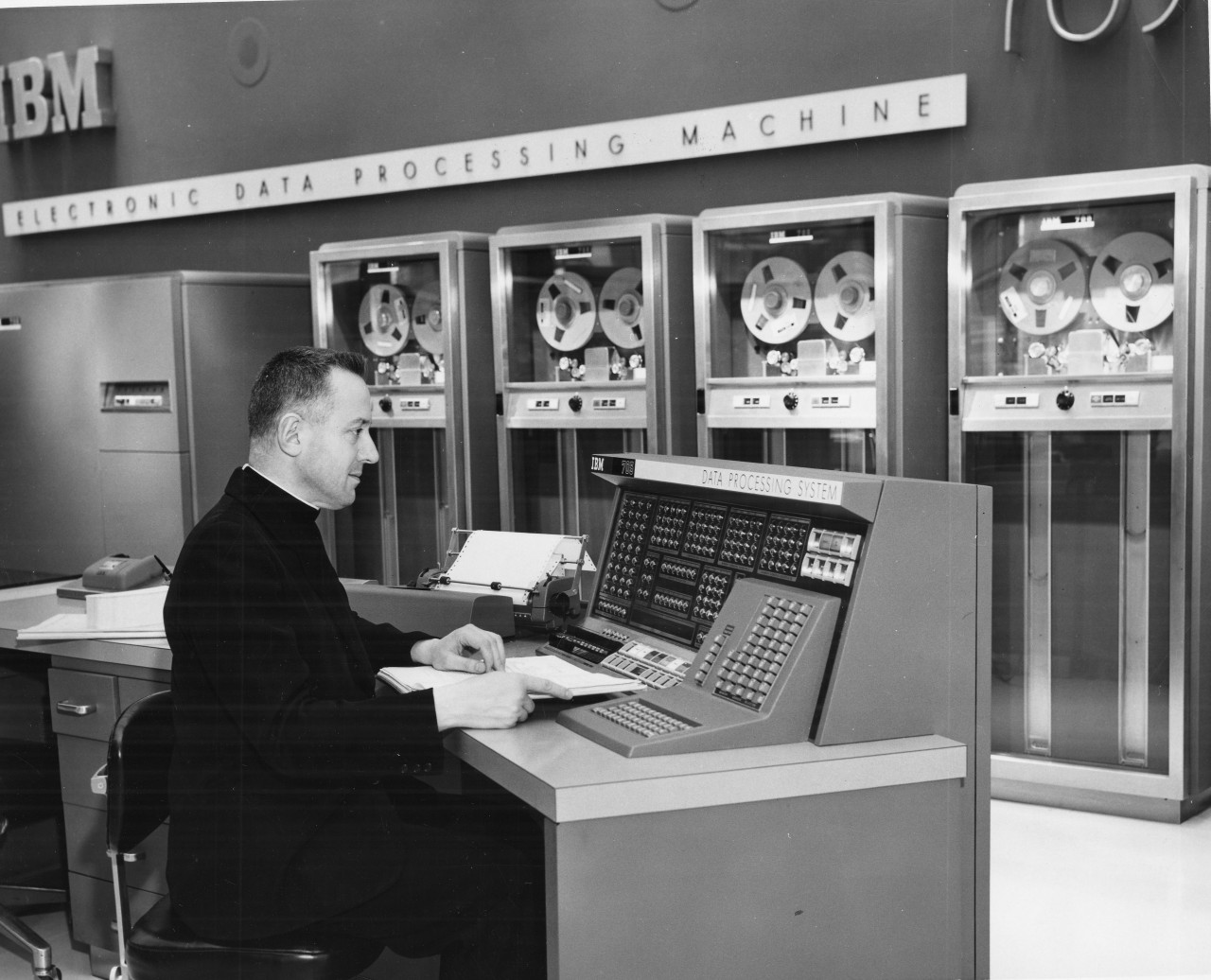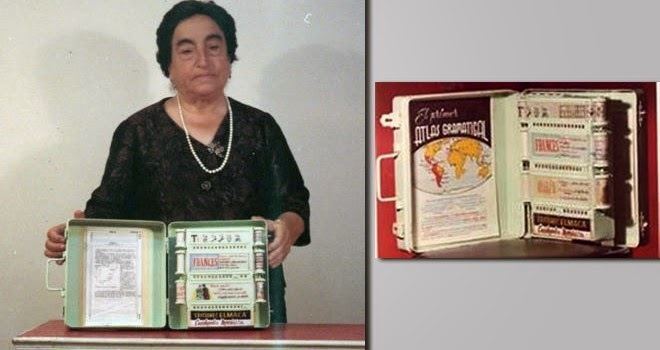E-Books
Electronic Books or e-books as we know, are a text-based publication in a digital form. While they may contain images and graphs of some kind, mostly their formats lead them to be text-based.
Book writing saw a boost when Guttenberg introduced the first block printing in the 1440s. At the close of the fifteenth century, the publications around Europe saw an exponential growth to nine million from the thousand they were before half a century. This was because the printed books were easy to procure, read, and preserve. The publication world saw yet another high with the typewriter’s invention and the release of Mark Twain’s “The Adventures of Tom Sawyer.” In the 19th century, the modern form of publishing revolutionized books.
With the world evolving with time, complexity stepped in. Carrying a bulky form of books around or finding time to relax with a book became more difficult. It was also necessary to find out a lasting way of readable media. So, the 21st century saw the forms of books evolving yet again.
Though the entry of e-books in the world of books is quite recent, its spread in the publishing world has been phenomenal. Some scholars give the credit of inventing the first form of E-book to Father Roberto Busa, pioneer of ‘humanities computing’ also called ‘digital humanities’. Hyperbolic, as it may sound, most people think Ted Nelson and Tim Berners-Lee are the “founding fathers” of hypertext and the internet. But the FACT is that Father Busa, an Italian Jesuit priest and theology scholar, anticipated them in connecting the dots between informatics and the written word.
This would mean that if you and I are surfing the internet today, we owe it to Father Busa and if we use a PC to write our emails and documents, we owe it to him. And if we are able read this text on the devices of our choices, we owe it to him!
Father Busa’s legacy lives on through this highly publicised ‘Culturomics’ project, in which scholars have used a 500bn-word data set from Google-digitised books to analyse word occurrences between 1500 and 2008. All these bear all the influence of Busa’s pioneering work.
With the world evolving with time, complexity stepped in. Carrying a bulky form of books around or finding time to relax with a book became more difficult. It was also necessary to find out a lasting way of readable media. So, the 21st century saw the forms of books evolving yet again.
Though the entry of e-books in the world of books is quite recent, its spread in the publishing world has been phenomenal. Some scholars give the credit of inventing the first form of E-book to Father Roberto Busa, pioneer of ‘humanities computing’ also called ‘digital humanities’. Hyperbolic, as it may sound, most people think Ted Nelson and Tim Berners-Lee are the “founding fathers” of hypertext and the internet. But the FACT is that Father Busa, an Italian Jesuit priest and theology scholar, anticipated them in connecting the dots between informatics and the written word.
This would mean that if you and I are surfing the internet today, we owe it to Father Busa and if we use a PC to write our emails and documents, we owe it to him. And if we are able read this text on the devices of our choices, we owe it to him!
Father Busa’s legacy lives on through this highly publicised ‘Culturomics’ project, in which scholars have used a 500bn-word data set from Google-digitised books to analyse word occurrences between 1500 and 2008. All these bear all the influence of Busa’s pioneering work.

Every three years, the Alliance of Digital Humanities Associations presents the Roberto Busa award to recognise outstanding lifetime achievements in the application of information and communications technologies to humanistic research. Because of his commitment to innovation and the blurring of boundaries, every individual of the digitized world of letter is indebted to Father Roberto Busa.
Another name in this interesting story on the evolution of e-books is that of Angela Ruis Robles, a Spanish schoolteacher, who watched her students lug textbooks back and forth from school every day. The idea was that her ‘reader’ would be far easier to carry for school children, than a number of different textbooks. Her empathy towards her students gave birth to the world’s first automated reader, the precursor to today’s e-readers.

Image Source: https://alchetron.com/%C3%81ngela-Ruiz-Robles
In Angela’s first design, smaller amount of text was printed onto spools and were operated by compressed air. She made her first prototype in 1949. While this book was not electronic it is still hailed as the first automated reader. Though her project never got picked up for mass production and she could not get a viable patent on the design, but there is a photograph of her holding it back in 1949.
The invention of the internet was the next huge step forward in the journey of e-books. With the advent of the internet, information sharing, and file sharing became easier, which in turn boosted the acceptance and expansion of e-books.
Interesting is this 1971 story of Michael Hart, a student at the University of Illinois, who was later to be credited for ‘inventing’ e-book. As destiny had designed, Hart got an unlimited access to the computer time on a huge Xerox mainframe computer in the Materials Research lab. The machine, which was hitherto used primarily for data processing, but was also connected to ARPAnet, a part of what would later become the internet!
One good thing coincided with another good thing. Hart got his inspiration in form of a copy of the Declaration of Independence at a grocery store on July 4th. He typed the text into a computer, all in capitals as there was no lower-case option at the time and sent out a message on ARPAnet saying that it was now available to download. Six people took him up on the offer and downloaded the text.
The world’s first e-book was born!
The next milestone in the journey of e-books came in 1987. It was around this time that a computer games creators company – East Gate Systems – published the first hypertext fiction work. The first hyper textbook was titled Afternoon by Michael Joyce and was available for purchase on a floppy disk. This book was created as the first demonstration of a new online program called ‘Story Space’ (a software program available for personal computers for creating, editing and reading hypertext fiction)
In 1993, BiblioBytes launched a website to sell e-books over the internet, the first company to create a financial exchange system for the net. American publisher Simon & Schuster creating a new imprint, iBooks, and thereby becoming the first trade publisher simultaneously to publish titles in ebook and print format in 1999. Oxford University Press, too jumped into the bandwagon, offering a selection of its books over the internet through netLibrary.
The years 1999 to 2002 saw the launch of Rocket e-book, Microsoft Reader, and in 2002 the “Palm Tree” was invented to make books readable on the Smartphone. It was a great revolution enabling mobile people to read while on the move. Kindle started its inventing journey in 2007 when it made e-books downloadable and readable anywhere. The innovative pursuits of Kindle in making e-books more accessible continue still today.




 Each title in our collection is more than just a book - it’s a ‘green gift’, promoting mindful reading, sustainable values, and a culture of eco-conscious living. By gifting books, you open doors to new ideas, support lifelong learning, and nurture a more informed, compassionate, and environmentally aware individual.
Each title in our collection is more than just a book - it’s a ‘green gift’, promoting mindful reading, sustainable values, and a culture of eco-conscious living. By gifting books, you open doors to new ideas, support lifelong learning, and nurture a more informed, compassionate, and environmentally aware individual.